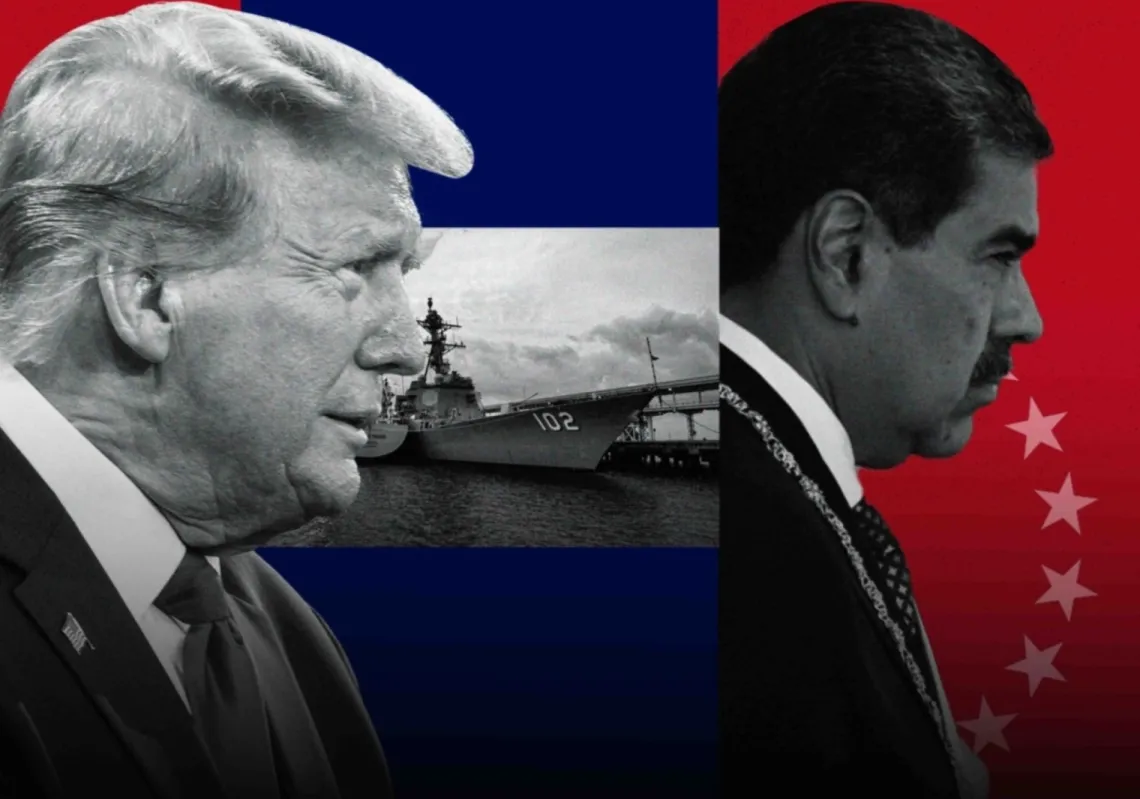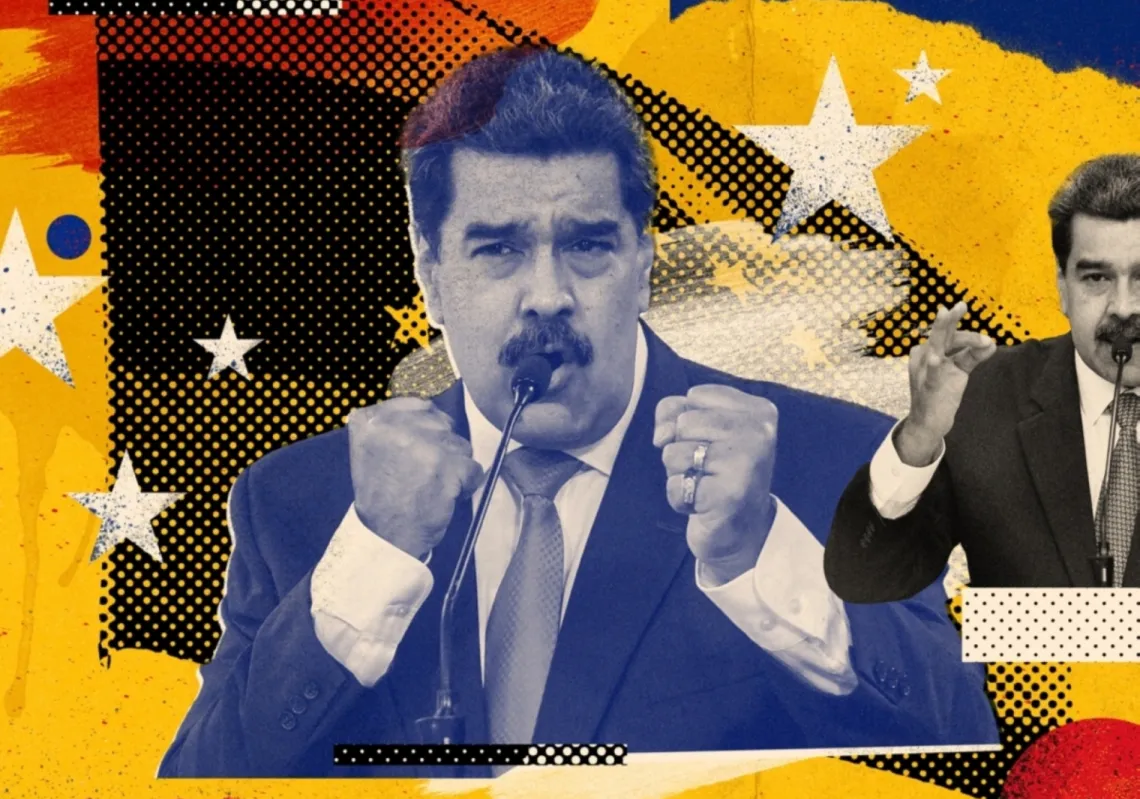 [/caption]
[/caption]
The six states of the Gulf Cooperation Council (GCC) have emerged as influential regional and international actors over the past decade. Led by Qatar and the United Arab Emirates, they have invested heavily in struggling Western economies, built up enormous capital accumulations during the post-2003 oil-price boom, and contain some of the world’s largest conventional supplies of oil and natural gas. Their relative stability and pro-Western orientation has also enhanced their geo-strategic attractiveness as relatively secure places to do business in a volatile region.
Set against this optimistic backdrop, however, is the political upheaval and age of uncertainty affecting the Arab World. Although the uprisings have yet to seriously impact the GCC states, with the significant exception of Bahrain, they have generated a reassessment of the mechanisms of regional cooperation. Last May’s announcement that the GCC would invite membership bids from Jordan and Morocco surprised many observers, while in December Saudi Arabia’s King Abdullah suggested a shift toward a ‘single entity.’ This proposal for deeper integration looks set to become reality in an as-yet undefined Arab Gulf Union Council, to be fleshed out at a meeting in May 2012.
[inset_left]Set against this optimistic backdrop, however, is the political upheaval and age of uncertainty affecting the Arab World[/inset_left]
At first glance, the GCC states would appear to be well-positioned to move towards closer union. Unlike the 27 members of the European Union, they share common linguistic and socio-cultural characteristics and underlying structural similarities in their economies. In addition, they declared a customs union in 2003 and launched a common market in 2008, while in 2009 they formed a Monetary Council as a first step toward an eventual shared currency. That was supposed to launch in 2010, but has been delayed as first Oman, and then the UAE, withdrew from the project.
The difficulties experienced by the project for monetary union illustrate some of the challenges of aligning policy and moving toward confederation. Oman withdrew in 2007 citing issues relating to economic and fiscal convergence. More problematic was the UAE withdrawal in May 2009, the day after the location of the central bank was awarded to Riyadh rather than Abu Dhabi. Their sudden and unexpected departure highlighted the vulnerability of regional institutions to personalised decision-making and policy responses.
Several challenges complicate the move toward greater regional integration, and may even impede the emergence of individual GCC states as world trading hubs. The structural similarities in Gulf economies mean there is at present very little intra-regional trade. Hence, with the partial exception of the transfer of liquefied natural gas (LNG) from Qatar to Oman and the UAE via the Dolphin pipeline, the links binding the GCC states to the global economy are far greater than those binding them to each other. Similarly, cross-border GCC labour flows remain small, in spite of the common market declared in 2008. This is because their segmented labour markets mean that most GCC citizens are concentrated in (national) public sectors, while the private sector employs mostly expatriate labourers, who are unable to move at will.
[inset_right]Several challenges complicate the move toward greater regional integration, and may even impede the emergence of individual GCC states as world trading hubs[/inset_right]
By contrast, the importance of the GCC states to the world economy has expanded in the past decade of boom and bust. The cornerstone of GCC trading flows with global partners is oil and gas. These constitute by far the largest sectors in each GCC economy, as the hydrocarbons share of Gross Domestic Product (GDP) rose rapidly during the 2000s, from 3 percent in 2002 to 51 percent in 2006, on the back of sustained high prices. Moreover, the large-scale economic diversification programmes that developed in this decade also created new links of great value to the global economy. This occurred as the Gulf became a world-leading centre of production for a variety of industries ranging from petrochemicals and aluminium to cement and construction products. By 2008, the GCC accounted for 12 percent of global petrochemical production, as more complex industrial ties developed with emerging and industrialised economies alike.
Linkages also expanded beyond oil and gas, and with major new partners. Significant new agreements with India, China, and East Asian economies represented a diversification of the Gulf States’ interdependencies with energy-importing states. Importantly, these linkages covered more than just oil and gas, as concerns for food security bound the GCC more closely with agricultural food-exporting Asian partners. This growing energy-food security nexus was encapsulated by the General Secretary of the Association of Southeast Asian Nations (ASEAN), Suring Pitsuan, in 2009. Speaking at the inaugural GCC-ASEAN joint meeting in Bahrain, he stated “You have what we don’t have, and we have in plenty what you don’t have, so we need each other.”
[inset_left]
Significant new agreements with India, China, and East Asian economies represented a diversification of the Gulf States’ interdependencies with energy-importing states.
[/inset_left]
These new flows, along with other trends such as the steady growth of Gulf-based sovereign wealth funds and their role in recapitalising struggling western economies in 2007-8, became a microcosm of the rebalancing of global geo-economic power. This revolved around the remorseless eastward shift of the world economic centre of gravity (WECG). Recent research by Professor Danny Quah of the London School of Economics (LSE) has indicated that the WECG shifted 4800 kilometres to the east between 1980 and 2010, and will move a further 4500 kilometres eastward by 2050. Both geographically and by virtue of their possession of the fuel of world trade, the GCC states are centrally positioned as a pivot around which the shifts in the global economy are taking place.
With the above in mind, the GCC states have succeeded in managing their integration into the global economy on their own terms. Qatar and the UAE, and for different reasons Saudi Arabia, have become regional powers with an international reach. They have been able to capitalise on their comparative advantage in oil and gas. More careful policy choices than those made in the 1970s oil price shock have allowed them to project their leverage through sovereign wealth investments across the world. This story of success is now threatened by the upheavals across the Arab world, and doubtless explains the move toward closer integration. However, such move would be for inward-looking purposes, and hence unlikely to bring a net gain to the outward-focused GCC economies.









